Table of Contents
- Chipotle Braised Beef Recipe (Ready in 3.5 Hours)
- What is Chipotle Braised Beef & Why It Works
- Spice Science: The Flavor Breakdown You Need
- 5 Proven Techniques for Perfect Texture Every Time
- Ingredient Buying Guide: What to Look For
- 7 Best Serving Combinations (+Storage Tips)
- Expert Answers to 6 Common Questions
Authentic Chipotle Braised Beef Recipe
Prep Time: 20 minutes | Cook Time: 3 hours | Total Time: 3 hours 20 minutes | Servings: 6
Essential Ingredients
- 3 lbs (1.4 kg) beef chuck roast, cut into 2-inch cubes
- 2 tablespoons vegetable oil
- 4 chipotle peppers in adobo sauce (plus 3 tablespoons sauce)
- 1 large yellow onion, finely diced
- 4 garlic cloves, minced
- 2 tablespoons ground cumin
- 1 tablespoon Mexican oregano
- 2 tablespoons tomato paste
- 1 cup (240ml) beef broth (low sodium)
- 1 bay leaf
- Salt and black pepper to taste
Step-by-Step Instructions
- Prep the beef: Pat cubes dry with paper towels. Season generously with salt and pepper.
- Sear properly: Heat oil in Dutch oven over medium-high heat. Sear beef in batches (don't crowd pan) until deeply browned on all sides (about 3-4 minutes per side). Transfer to plate.
- Bloom spices: In same pot, add onion and cook until translucent (5 minutes). Add garlic, cumin, and oregano; cook 1 minute until fragrant.
- Add liquids: Stir in tomato paste, cook 1 minute. Add chipotle peppers, adobo sauce, and beef broth, scraping up browned bits.
- Braise: Return beef to pot with bay leaf. Liquid should come halfway up beef (add more broth if needed). Bring to gentle simmer, cover tightly, transfer to 325°F (163°C) oven.
- Cook until tender: Braise for 2.5-3 hours until fork-tender (meat should shred easily). Internal temperature should reach 195-205°F (90-96°C).
- Final touch: Remove meat, reduce liquid by half over medium heat. Return meat to sauce, stir to coat.
Pro Tips for Best Results
- Cut size matters: Keep cubes uniform at 2 inches for even cooking
- Don't skip searing: Proper browning creates 200+ flavor compounds through Maillard reaction
- Temperature control: Maintain gentle simmer - boiling makes meat tough
- Rest before serving: Let sit 15 minutes covered before serving for juicier results
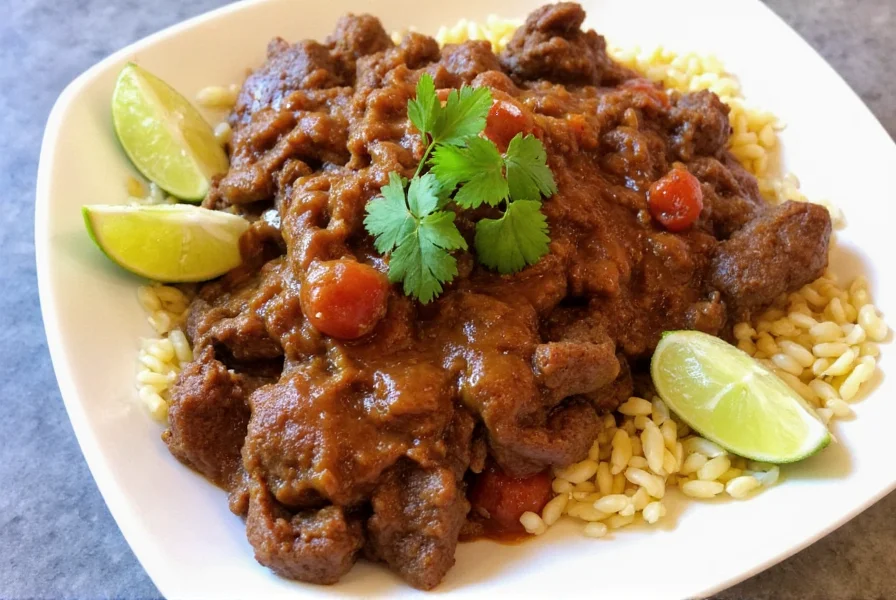
What is Chipotle Braised Beef & Why It Works
Chipotle braised beef is a slow-cooked dish where tough cuts of beef transform into tender, flavorful meat through controlled heat and moisture. The magic happens when collagen in connective tissues breaks down into gelatin at 160°F (71°C), creating that signature melt-in-your-mouth texture. Chipotle peppers - smoked and dried jalapeños - provide the distinctive deep, complex heat that defines this dish.
Unlike quick-cooking methods, braising combines dry and wet heat: initial searing creates rich flavor compounds, while slow simmering in liquid tenderizes the meat. This technique works best with well-marbled cuts like chuck roast (18-20% fat content), where fat renders down during cooking, basting the meat internally for maximum juiciness.
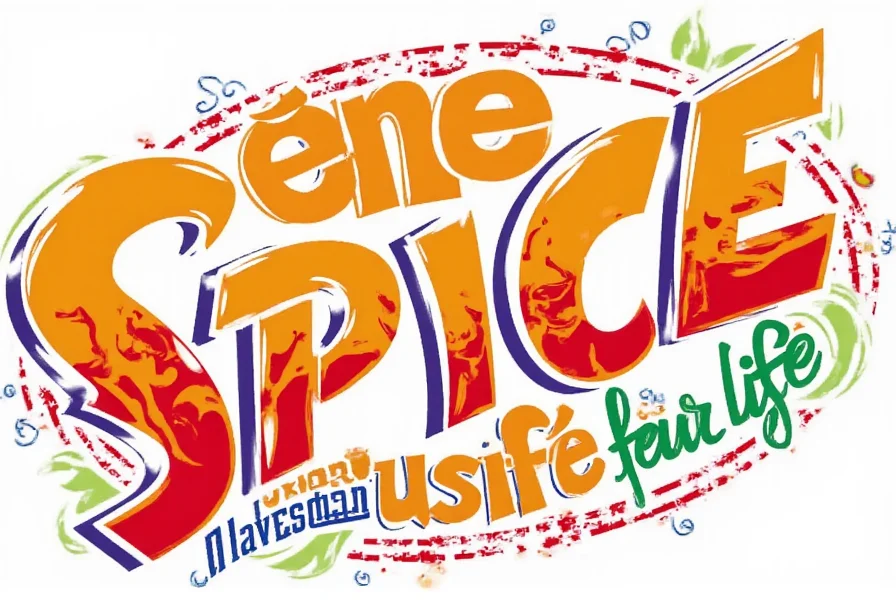
Spice Science: The Flavor Breakdown You Need
Understanding how spices interact at the molecular level transforms good chipotle braised beef into exceptional. When dry spices like cumin hit hot oil, their volatile compounds release, creating complex aromas you can't achieve by adding them later.
| Spice | Key Flavor Compounds | Optimal Addition Timing | Impact on Final Dish |
|---|---|---|---|
| Chipotle Peppers | Guaiacol (smokiness), Capsaicin (heat) | After onions, before liquid | Maximizes smoke flavor while preventing bitterness |
| Cumin | Cuminaldehyde (earthy notes) | With garlic, 30 seconds before liquid | Boosts depth without becoming overpowering |
| Mexican Oregano | Thymol (herbal essence) | During searing stage | Infuses oil for even distribution throughout dish |
| Garlic | Allicin (pungency) | After onions soften | Prevents burning while maximizing flavor release |
| Tomato Paste | Glutamates (umami) | After garlic, cook 1 minute | Develops rich caramelized notes before liquid addition |
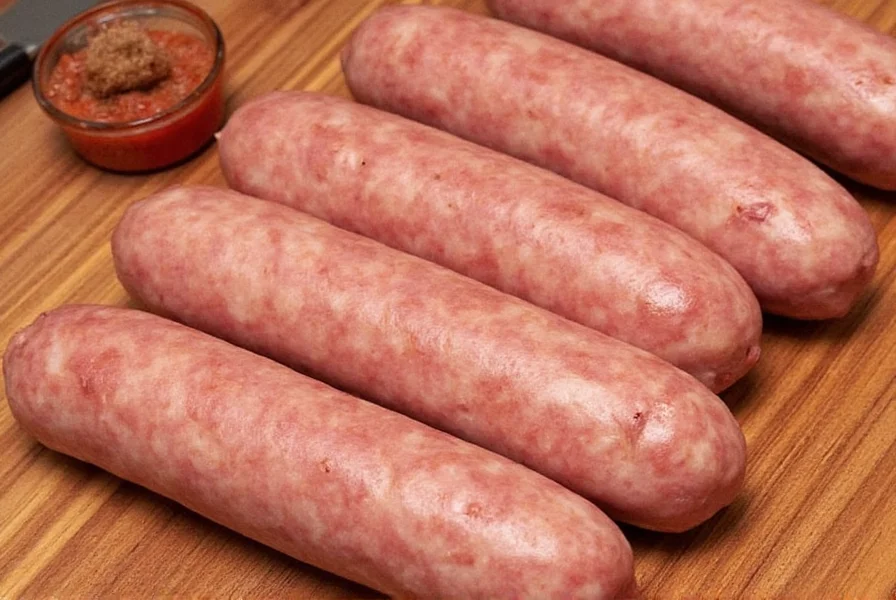
5 Proven Techniques for Perfect Texture Every Time
Professional chefs use these science-backed methods to guarantee perfect chipotle braised beef:
- Cut selection matters more than you think: Chuck roast has ideal marbling (18-20% fat) for braising. Brisket requires 30% more cooking time due to denser muscle structure. Short ribs offer maximum flavor but need careful fat trimming.
- Searing science: Pat meat EXTREMELY dry before searing. Moisture creates steam that prevents proper browning. Use oil with high smoke point (avocado or grapeseed). Sear at 375°F (190°C) for optimal Maillard reaction.
- Spice layering technique: Add dried spices to the pot AFTER onions have softened but BEFORE liquid. The oil-soluble compounds in spices need fat to properly release their flavors.
- Temperature control is critical: True braising happens at 180-200°F (82-93°C) - BELOW simmering point. Higher temperatures make meat tough. Use oven rather than stovetop for more consistent temperature.
- The rest makes the difference: After cooking, remove meat and reduce liquid by 50%. Let meat rest 15 minutes before shredding. This allows muscle fibers to reabsorb juices for maximum tenderness.
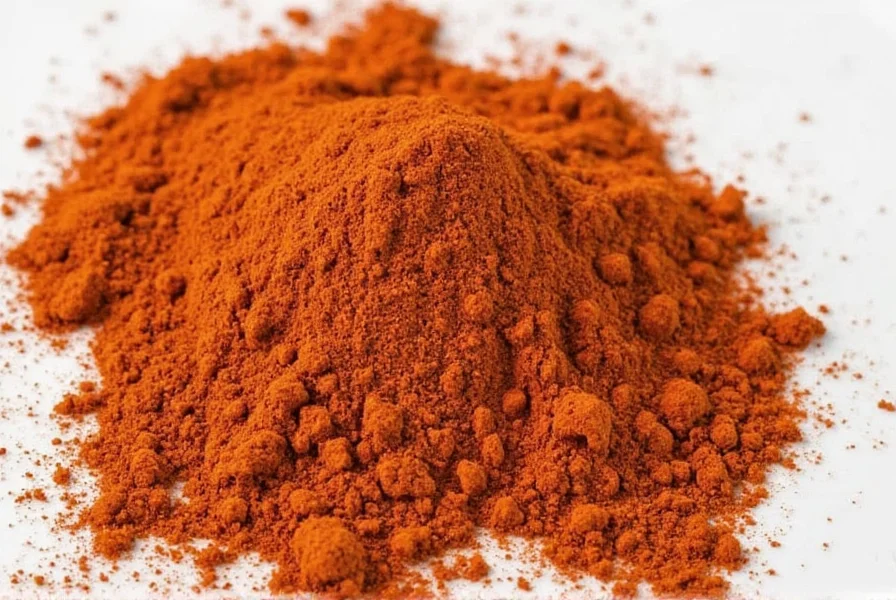
Ingredient Buying Guide: What to Look For
Not all ingredients create equal results. Here's what professionals check when selecting components:
| Ingredient | Quality Indicators | What to Avoid | Storage Tip |
|---|---|---|---|
| Beef Chuck Roast | Bright red color, fine marbling visible throughout | Grayish tint, large pools of liquid in packaging | Store in original packaging up to 3 days, or freeze for 6 months |
| Chipotle Peppers | Deep mahogany color, plump appearance | Dry, brittle peppers, watery adobo sauce | Transfer to airtight container; keeps 1 month refrigerated |
| Mexican Oregano | Earthy aroma, slightly fuzzy leaves | Dull color, musty smell | Keep in dark glass jar away from heat; lasts 1 year |
| Tomato Paste | Thick consistency, rich red color | Watery texture, added sugar in ingredients | Freeze in ice cube trays for portioned future use |
For best results, choose grass-fed beef when possible - it contains 50% more omega-3 fatty acids which enhance flavor development during cooking. When selecting chipotle peppers, look for those packed in adobo sauce with visible smoked pepper bits for maximum authenticity.
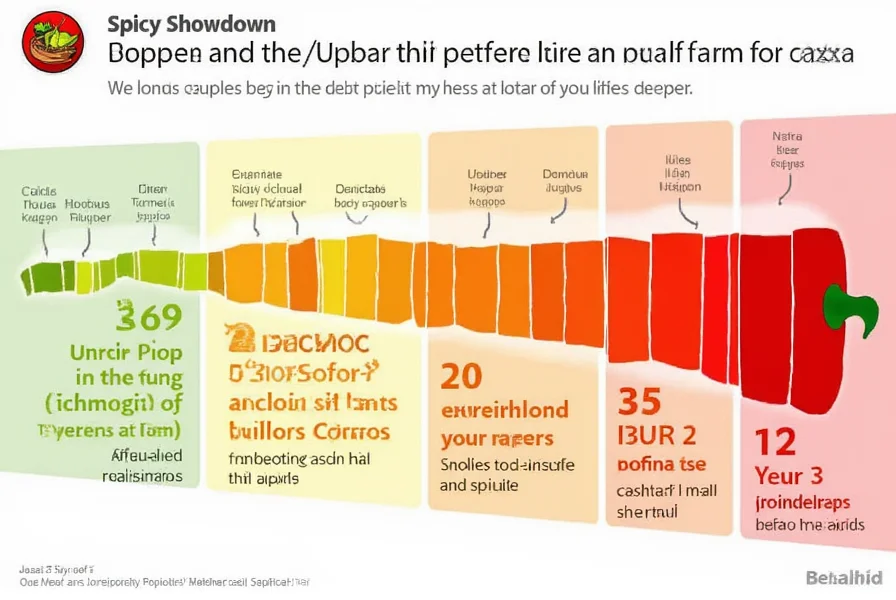
7 Best Serving Combinations (+Storage Tips)
Maximize your chipotle braised beef with these chef-recommended pairings:
- Classic Tacos: Warm corn tortillas with 3oz beef, pickled red onions, avocado slices, and crema. The acidity cuts through richness.
- Burrito Bowl: Layer cilantro-lime rice, black beans, beef, roasted corn, and queso fresco. Drizzle with chipotle aioli.
- Tex-Mex Pizza: Spread refried beans on crust, top with beef, red onion, and Monterey Jack. Bake at 450°F until crispy.
- Stuffed Sweet Potatoes: Bake sweet potatoes until tender, split open, fill with beef, and top with Greek yogurt.
- Beef Empanadas: Mix shredded beef with a bit of cheese, fold into empanada dough, and bake until golden.
- Nacho Supreme: Layer tortilla chips with beef, black beans, jalapeños, and multiple cheeses. Broil until melted.
- Meal Prep Containers: Divide into 4 portions with 1 cup beef, 3/4 cup rice, and roasted vegetables. Keeps 4 days refrigerated.
Storage & Reheating Guide:
- Refrigeration: Store in airtight container with cooking liquid for up to 4 days
- Freezing: Portion into 2-cup servings with sauce; freeze up to 3 months
- Stovetop Reheating: Warm gently in covered skillet with splash of broth (10-15 mins)
- Best Flavor Tip: Flavors intensify after 24 hours - make ahead for deeper taste
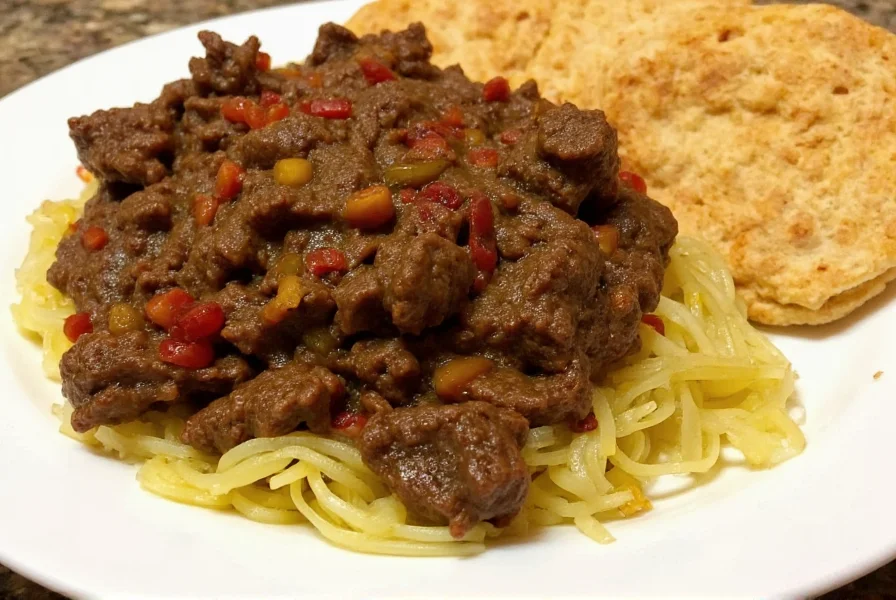
Expert Answers to 6 Common Questions
How long does chipotle braised beef need to cook for optimal tenderness?
Chipotle braised beef requires precise temperature management rather than just time. Cook until internal temperature reaches 195-205°F (90-96°C), which typically takes 2.5-3.5 hours at 325°F (163°C). The meat is done when a fork slides in with no resistance and shreds easily. Temperature is more reliable than time because cut thickness and starting temperature affect cooking duration. Using a meat thermometer eliminates guesswork - this is the professional standard for perfect results every time.
What's the best substitute for chipotle peppers if I can't find them?
The most authentic substitute combines 1 tablespoon smoked paprika with 1 teaspoon ancho chili powder and 1/4 teaspoon cayenne pepper per chipotle pepper needed. For the adobo sauce component, add 1 teaspoon apple cider vinegar and 1/2 teaspoon garlic powder. This replicates the smoky-sweet-heat profile of chipotles. If you need a quick fix, use 2 tablespoons chipotle hot sauce (like Tabasco Chipotle) per pepper, though this lacks the depth of whole peppers. Never substitute regular cayenne alone - it misses the essential smokiness that defines chipotle flavor.
Can I make chipotle braised beef in an Instant Pot or pressure cooker?
Yes, but with important adjustments for optimal results. Sear meat using 'Sauté' function, then cook on High Pressure for 45 minutes (not 35) with natural release for 20 minutes. The extended natural release is critical - it allows continued tenderizing without pressure. Add 25% less liquid than traditional braising (1/2 cup instead of 1 cup) since pressure cookers don't evaporate liquid. While faster (total time 1 hour vs 3.5 hours), the flavor profile differs - oven braising develops more complex Maillard reaction compounds. For best results, finish pressure-cooked beef by reducing the liquid on 'Sauté' mode for 10 minutes to concentrate flavors.
How can I reduce the spiciness if my chipotle braised beef turns out too hot?
Effective heat reduction requires understanding capsaicin science. Add 1/4 cup full-fat coconut milk (its fats bind to capsaicin better than dairy) and 1 tablespoon honey (sweetness counteracts heat perception). Simmer 10 minutes to integrate. For immediate relief at the table, serve with avocado slices - their high fat content neutralizes capsaicin. Never add water - it spreads the heat molecules. For next time, remove seeds and white membranes from chipotles before using (they contain 80% of the capsaicin). Professional kitchens often balance heat with acid - a splash of lime juice can make spicy dishes more complex without reducing overall flavor intensity.
How should I store and reheat leftover chipotle braised beef?
For maximum freshness, store meat and cooking liquid separately in airtight containers. Refrigerate up to 4 days or freeze up to 3 months. When reheating, place meat in a covered skillet with 2 tablespoons broth per cup of beef. Warm over LOW heat (275°F/135°C) for 15-20 minutes - higher temperatures make meat tough. The critical step many miss: let reheated meat rest covered for 5 minutes before serving. This allows juices to redistribute. For frozen portions, thaw overnight in refrigerator then reheat as above. Never microwave leftovers - the uneven heating destroys texture. Properly stored, flavors actually improve after 24-48 hours as spices fully meld.
Why did my chipotle braised beef turn out tough despite long cooking time?
Tough braised beef almost always indicates one of three scientific issues: 1) Cooking temperature exceeded 205°F (96°C), causing proteins to seize rather than denature gradually; 2) Insufficient acid content - add 1 tablespoon apple cider vinegar to help break down fibers; 3) Wrong cut selection - lean cuts like round roast lack necessary collagen. Professional kitchens measure internal temperature religiously - 195-205°F (90-96°C) is the collagen melting range. If your meat is tough at this temperature, extend cooking time in 30-minute increments until tender. Never judge by time alone - thickness and starting temperature dramatically affect cooking duration. The meat is done when a fork slides in with zero resistance, not based on the clock.

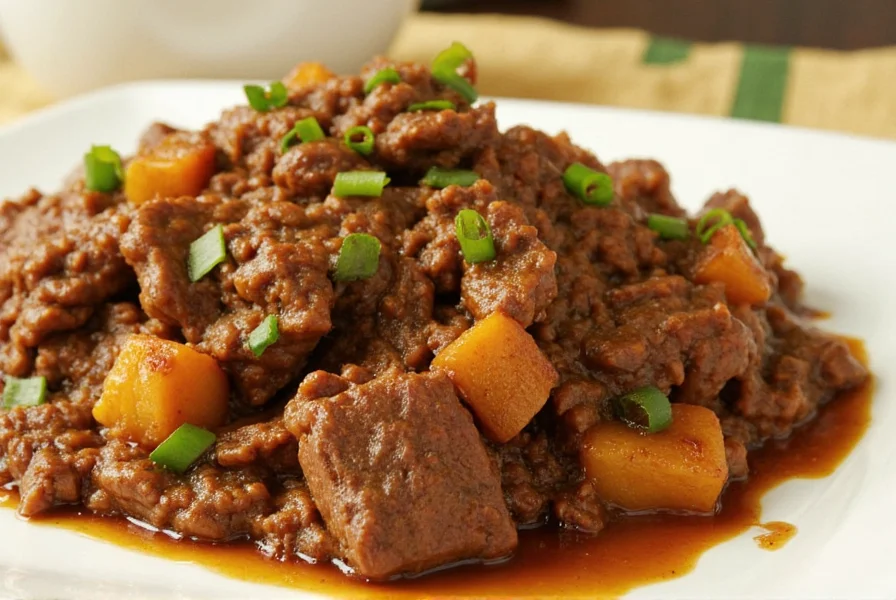









 浙公网安备
33010002000092号
浙公网安备
33010002000092号 浙B2-20120091-4
浙B2-20120091-4